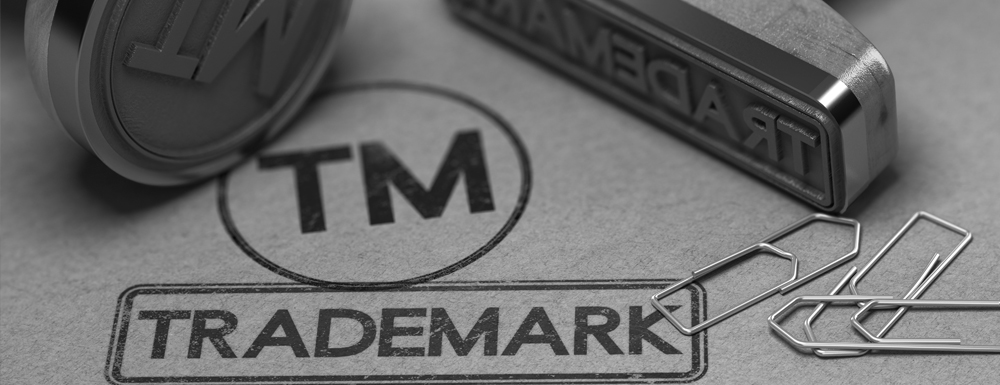In the realm of intellectual property, trademarks are the bedrock of brand identity, embodying the essence of products and services. While the initial registration of a trademark grants exclusive rights, it’s essential to recognize that these rights are not perpetual. Trademark renewal is a critical process that ensures the sustained protection and exclusivity of a brand’s visual and conceptual elements. Let’s delve into the significance of renewing trademarks, the steps involved, and why it is a crucial aspect of brand management.
Understanding the Importance of Trademark Renewal
1. Preserving Legal Rights:
- Trademark renewal is the mechanism through which businesses affirm their commitment to maintaining exclusive rights to their distinctive symbols, names, or designs. It is a legal imperative to secure continued protection against unauthorized use by competitors.
2. Preventing Infringement:
- A renewed trademark acts as a deterrent against potential infringement. It reinforces a brand’s ownership of its unique elements, signaling to others in the marketplace that these elements are legally protected, and any imitation could lead to legal consequences.
3. Brand Consistency:
- Trademark renewal contributes to brand consistency and integrity. By reaffirming the exclusive rights to specific visual and conceptual elements, businesses ensure that their brand maintains a consistent and recognizable identity over time.
The Trademark Renewal Process
1. Initiating the Renewal:
- Trademark renewal is not automatic; it requires proactive action from the trademark owner. Most jurisdictions stipulate a renewal window, often around the tenth anniversary of the initial registration. Awareness of this timeframe is crucial to initiating the process on time.
2. Documentation Review:
- Trademark owners must review and compile the necessary documentation for renewal. This typically includes the renewal application form, evidence demonstrating the continued use of the mark in commerce, and any additional materials required by the relevant intellectual property office.
3. Submission of Renewal Application:
- Once the documentation is prepared, the renewal application is submitted to the appropriate intellectual property office. The accuracy and completeness of the application are vital to ensuring a smooth and successful renewal.
4. Payment of Renewal Fees:
- Trademark renewal comes with associated fees, the amount of which varies by jurisdiction. Timely payment of these fees is critical to the renewal process. Failure to pay within the specified timeframe can result in the loss of trademark rights.
Considerations in Trademark Renewal
1.Continued Use Requirements:
- Many jurisdictions require evidence of the continued use of the trademark as part of the renewal process. This may involve submitting specimens such as product labels, packaging, or promotional materials that demonstrate the ongoing use of the mark in commerce.
2. Changes in Ownership or Details:
- If there have been changes in ownership or other details related to the trademark, the renewal process provides an opportunity to update this information. Keeping these details current ensures that the trademark registration accurately reflects the current status.
Consequences of Non-Renewal
1. Loss of Exclusive Rights:
- Failure to renew a trademark within the specified period leads to the loss of exclusive rights associated with that mark. This exposes the brand to the risk of others using or registering a similar mark, potentially diluting the brand’s distinctiveness.
2. Complex Re-Registration Process:
- If a trademark lapses due to non-renewal, the process of re-registration can be more intricate than a simple renewal. It may involve additional steps, potential legal challenges, and increased costs.
Strategic Aspects of Trademark Renewal
1. Portfolio Optimization:
- Trademark renewal offers businesses an opportunity to conduct a strategic review of their trademark portfolio. This assessment allows for informed decisions on whether to continue, abandon, or rebrand certain marks.
2. Global Portfolio Management:
- For businesses with a global presence, managing trademark renewals across multiple jurisdictions requires careful coordination. An effective global strategy ensures compliance with diverse renewal requirements.
Conclusion: Safeguarding Brand Equity
In the dynamic landscape of business, where brand equity is a precious asset, trademark renewal emerges as a strategic imperative. It is not merely a legal formality but a proactive step to secure and maintain the exclusive rights to a brand’s visual and conceptual elements. By understanding the importance of renewing trademarks and adhering to the renewal process, businesses can safeguard their brand legacy, ensuring its enduring strength and recognition in the marketplace.
Check out Trademark Eagle for more information.
